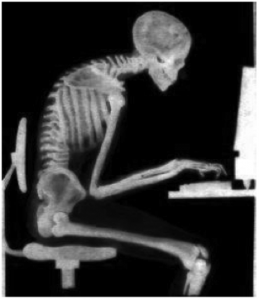If your resolution is to get fitter
Sports massage helps to improve posture, increase mobility and flexibility, which leads to improved muscle functioning, helping you to move better.
If your resolution is to be happier
Sports massage is proven to reduce levels of cortisol, the stress hormone and increase levels of serotonin, the hormone that promotes happiness. Sports massage also relieves muscle tension, relaxes tight shoulders and eases tension headaches, allowing you to feel relaxed and happier.
If your resolution is to take care of yourself
A recent study conducted by Cedars-Sinai Medical Centre in Los Angeles found that just one hour of massage increased the levels of white blood cells in the body, leading to an improved immune system. Sports massage also has been shown to decrease blood pressure, with a study at the University of Maryland Medical Centre finding an average drop in Systolic pressure of 10.4 mm Hg and a diastolic pressure drop of on average 5.3 mm Hg.
If you resolution is to improve in your sport
Regular sports massage helps to improve the recovery rate of muscles by increasing blood flow, helping oxygen and nutrients to get to damaged tissue. By increasing recovery rate, the body is able to take on higher levels of training, leading to improved performance.
The injury prevention and rehabilitation benefits of sports massage helps to prolong sporting careers. Sports massage prior to an event will help you to prepare mentally by promoting a positive mindset and high self-confidence.
If your resolution is to get a promotion at work
Sports massage increases blood flow to the brain, providing more oxygen, which improves concentration and levels of productivity, allowing you to work more effectively.
The reduced levels of cortisol and increased levels of serotonin achieved through regular sports massage can promote high confidence and a positive mindset needed to work hard and achieve goals.
Whatever your resolution, let me help you to achieve it by booking a sports massage today.
